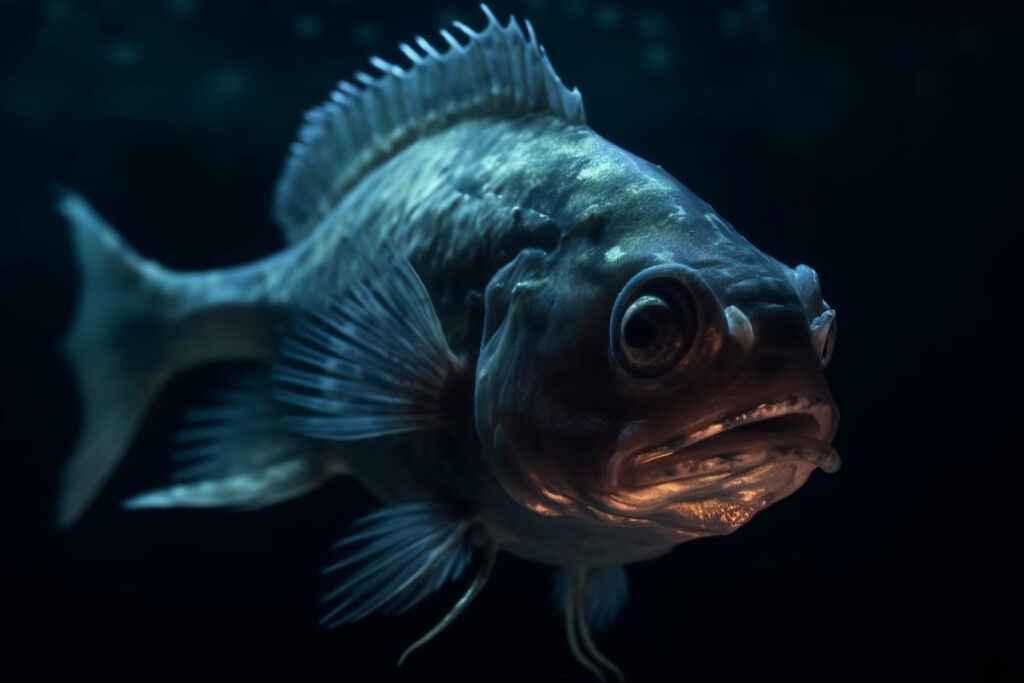BLOB FISH
In the depths of the sea, approximately 300 miles off the Oregon coast, resides a fascinating creature known as the blobfish, scientifically referred to as Psychrolutes phrictus or the flathead sculpin. Within the caldera of Axial Seamount, this peculiar species gracefully hovers, showcasing its unique characteristics. Among the diverse members of the Psychrolutes genus, which inhabit the deep sea, a total of nine distinct species of blobfish can be found
what is BLOB FISH?
The blobfish, scientifically known as Psychrolutes marcidus, is a remarkable deep-sea fish found off the coasts of Australia, New Zealand, and Tasmania. Adapted to extreme depths where pressure is intense, it possesses a distinctive appearance. The blobfish has a gelatinous, blob-like body structure and lacks a swim bladder, allowing it to remain buoyant in high-pressure environments.
Its physical characteristics include a large head with a fleshy, bulbous nose and a mouth that droops downwards. The skin of a blobfish typically exhibits pinkish or reddish hues, and its small eyes are positioned atop its head.
However, it’s crucial to understand that the widely circulated image of the blobfish as an extremely unattractive creature is a result of misrepresentation. When captured in fishing nets and brought to the surface, the sudden change in pressure causes the blobfish to lose its natural shape, giving it a distorted and saggy appearance. In its natural deep-sea habitat, the blobfish appears more streamlined and less gelatinous.
Despite its unusual appearance, the blobfish plays a vital role in its ecosystem. As a bottom-dwelling fish, it feeds on invertebrates and contributes to the balance of the deep-sea food web.
If you were challenged to conjure an image of the most unattractive creature conceivable, the blobfish might come to mind. It’s a pale pink, gelatinous mass with a droopy, downturned mouth and a large, sagging nose. Surprisingly, this repulsive fish gained significant notoriety after being crowned the world’s ugliest animal in 2013. The blobfish’s newfound fame propelled it into popular culture, spawning memes, songs, plush toys, and even TV characters inspired by its peculiar appearance.
Nonetheless, scientist Richard Arnott argues that the viral portrayal of the blobfish as an unsightly blob is nothing more than a “widespread campaign of bullying.” In reality, the fish’s distressing appearance is a consequence of being forcefully removed from its natural habitat, experiencing profound tissue damage due to the rapid decompression that occurs during its retrieval.
